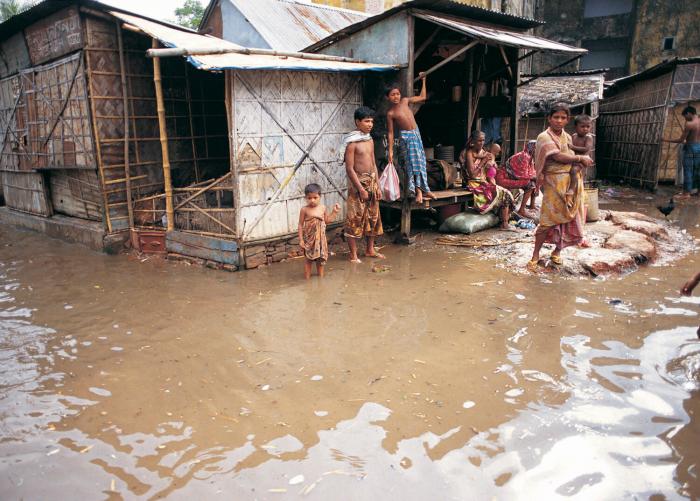
Migration is arguably one of the most notable aspects of the human experience. Over 200,000 years ago, the first Homo sapiens lived and settled in East Africa. They began moving outside of Africa starting about 70,000 years ago. Scientists and historians claim that this migration was likely due to climatic conditions: when the Sahara expanded, food was more difficult to find, so hunters and gatherers moved into Asia, Europe, and eventually the Americas.
Climate patterns are still evolving today. The difference between these shifts and those of thousands of years ago is that today’s changes are expedited as a result of human activity. Nevertheless, our changing climate is causing human migration. An average of 22.5 million people annually are displaced worldwide by climate or weather-related events. In 2018, the World Bank estimated that three regions (Latin America, sub-Saharan Africa, and Southeast Asia) will generate 143 million more climate migrants by 2050.
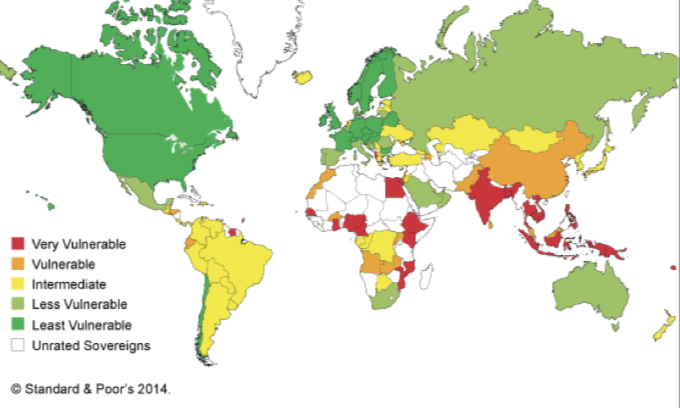
Multiple senators have introduced congressional resolutions to tackle climate change and its impacts: namely, the Green New Deal. This plan will not only aid in the dismantling of fossil fuel reliance, but it will also mobilize every aspect of American society to combat economic inequality and other social issues that are being amplified by climate change.
While the Green New Deal is a broad plan with many factors, some legislation is being developed that hones in on one of the many climate-driven issues. One example of this is Senator Ed Markey’s (D-MA) global climate resilience strategy containing a new humanitarian program for climate refugees. This proposal provides support for those who have been displaced by environmental disasters, since currently these individuals lack any protection under domestic or international law. Because many of these migrants do not qualify as a “refugee” under U.S law, they are not permitted to resettle with the possibility of settling and finding new opportunities in the U.S.
Establishing a clear, causative relationship between climate change and migration is becoming increasingly difficult because individuals could be fleeing their home countries for multiple reasons. Oppressive government, war, and environmental factors like famine and drought could all be playing a role in one’s decision to seek refuge in another country. There is an ongoing debate on whether these migrants should be labeled as “climate refugees,” since it is difficult to determine whether climate change is the sole underlying cause. However, the available science is reaching the conclusion that climate change is the largest contributor of migration.
Markey’s plan is to establish a bill that authorizes the admission of climate-displaced individuals. As stated in the bill, “climate-related events and disasters are causing a person to be displaced from his or her home every second.” It is further demonstrated that the adverse effects of climate change are disproportionately impacting those who are already in vulnerable living situations. The irony is that the sections of the world where inhabitants are contributing least to global climate change are places where the disastrous impacts are hitting the hardest. This is especially true in the small islands in the Pacific Ocean. Tuvalu, located between Australia and Hawaii, is comprised of nine low-lying islands. There, rising sea levels and increasingly violent storms have already decimated the Tuvaluan way of life. It is predicted by climate scientists that this country may be the first to become uninhabitable due to climate change.
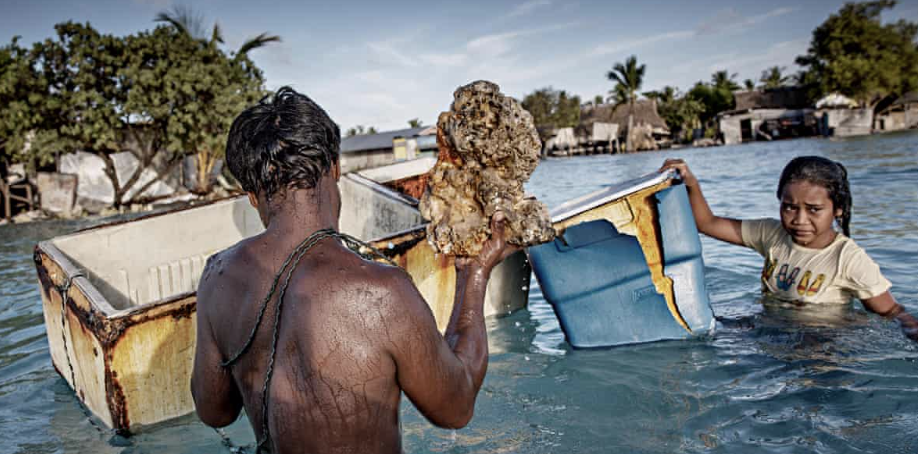
In Central America, a seemingly opposite climate-related problem is occurring. While flooding is causing Tuvalu to become unfit to live, unfathomable drought and famine is occurring in the “Dry Corridor” of Central America. In Honduras, Guatemala, and El Salvador, 80% of the corn and bean crops were lost in 2019. The food insecurity is so dire in Honduras that 2 million people are now facing hunger.
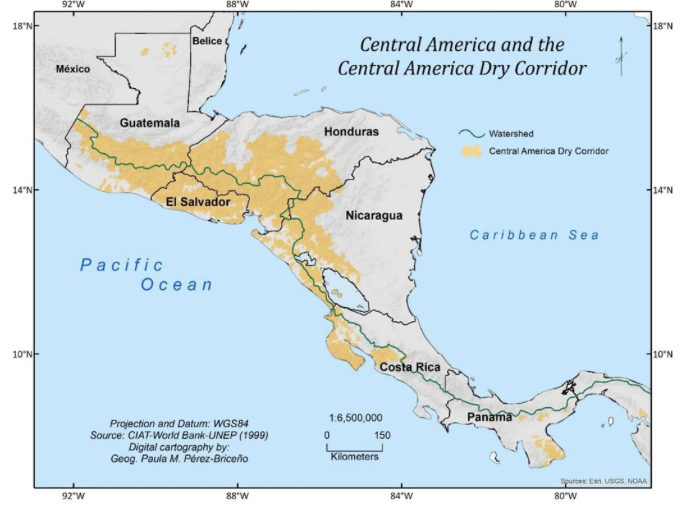
Asylum laws in the United States are currently written to accept individuals facing persecution. However, there are many complications during the asylum-seeking process that causes immense difficulty among those who are already at terms with extreme hardships. To start, the I-589 application is a 12-page form that must be completed in order to become a valid refugee in the United States. Both the I-589 form as well as the instruction booklet are only available in English, and answers must be completed in English. Asylum-seekers very often do not have the resources to understand the process.
U.S. Customs and Border Protection have been accepting very few people in recent years. While asylum-seekers wait for arrival or acceptance in the United States, they spend nights sleeping on bridges or in tunnels outside on the border. It is not only dangerous to be living outside in the strong heat, but these cities are often unsafe due to high crime. It is arguable that it could be a safer route for refugees to enter the United States between ports of entry and risk breaking the law.
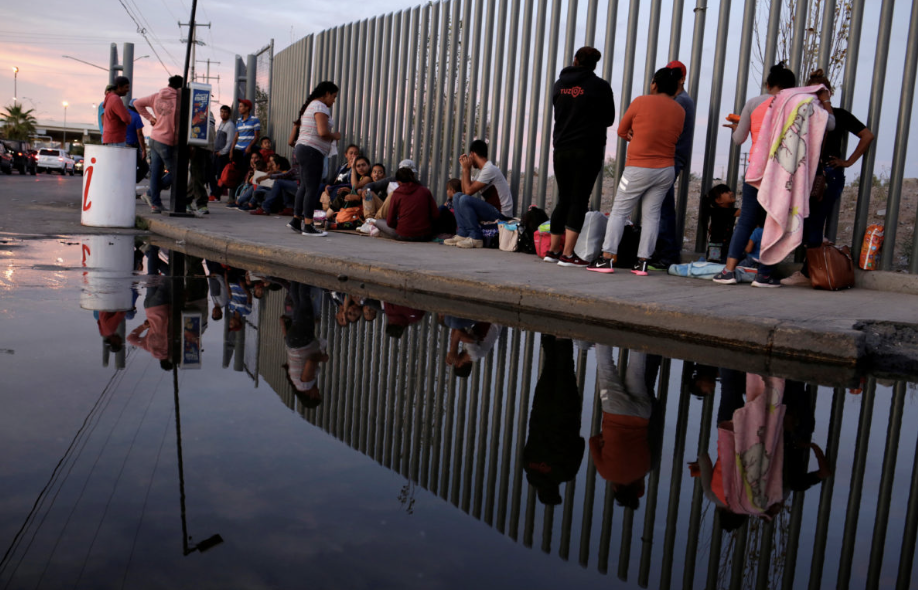
Ed Markey’s Climate Refugee Bill is an attempt to alleviate the refugee crisis by creating resources for asylum-seekers who are not facing persecution, but climate change in their home countries. Markey suggests to Congress that it is imperative that the United States 1) reduces its domestic greenhouse gas emissions, 2) welcome the shared responsibility of global disaster response and recovery, 3) assist in providing assistance to climate-displaced individuals, 4) aid other nations in their climate mitigation efforts, and 5) work with the international community in ensuring that climate-displaced individuals are protected.
In the bill, Markey claims that the Secretary of State should work in collaboration with the United States Agency for International Development to establish a 10-year strategy, referred to the Global Climate Change Resilience Strategy. This will focus on prevention of problematic effects of climate change, including displacement of persons. It also calls for the assistance of response to international and internal displacement, such as the coordination of resettlement in the United States.
There is a proposal in the bill to create a Coordinator of Climate Resilience position, which would be responsible for overseeing all federal efforts that address climate change. It also calls upon the President to provide assistance to climate resilience programs, and to collect and maintain data on climate displacement. Collaboration with the EPA, the Department of Commerce, and the Department of Defense is strongly encouraged.
Currently, no federal programs or legal provisions exist to address the processing and accommodation of climate refugees, this bill will be the first of its kind. A similar bill was proposed, but not yet passed, by New York Representative Nydia Velaquez, which calls for the minimum resettlement of 50,000 people displaced by climate-related causes.
The bill’s path to achieving passage is certainly not simple, and it is unknown how long the process will take. Introduced on September 26, 2019, the bill needs approval from a committee before it awaits approval votes from Congress. If it is passed, the bill moves to the floor of the Senate. The bill would then move onto the House if furthered by the Senate.
While the bill is unlikely to be signed into law under the current administration, it nonetheless initiates an important discussion around climate-displaced populations. Because of the high expected number of climate migrants, there is a growing need for governments to devise plans in order to assist them. Not only does this legislation reaffirm our nation’s role as a home to those fleeing conflict and disasters, but it will also update to reflect changes to our world brought on by a changing climate.
For more information on Markey’s bill and campaign, visit:
https://www.markey.senate.gov/imo/media/doc/Climate%20Displacement%202019.pdf
Sources:
https://www.youtube.com/watch?v=qwqm8T_IFzk
https://www.youtube.com/watch?v=eDrEpj_sHBI
https://www.unhcr.org/en-us/climate-change-and-disasters.html
https://www.brookings.edu/research/the-climate-crisis-migration-and-refugees/
Cover image: https://www.climate-refugees.org
- Filed Under: Government Policies Environmental Activism
- Keywords : Climate Change, Government, Climate Displacement, Climate Refugees, law
- ( 5470 ) views
- ( 0 ) Ratings
- ( 10 ) Discussions
- ( 3 ) Group Posts
Reply/Leave a Comment (You must be logged in to leave a comment)
Good article. I think we can make a difference as well by voting with our wallets and supporting businesses that are taking their corporate leadership seriously.
By Matt Hoots I Aug 21, 2020Connect with us!
Subscribe to our monthly newsletter:
 Greenbuild Report Out, 2025 Nov 12, 2025
Greenbuild Report Out, 2025 Nov 12, 2025































Not a Member Yet? Register and Join the Community | Log in